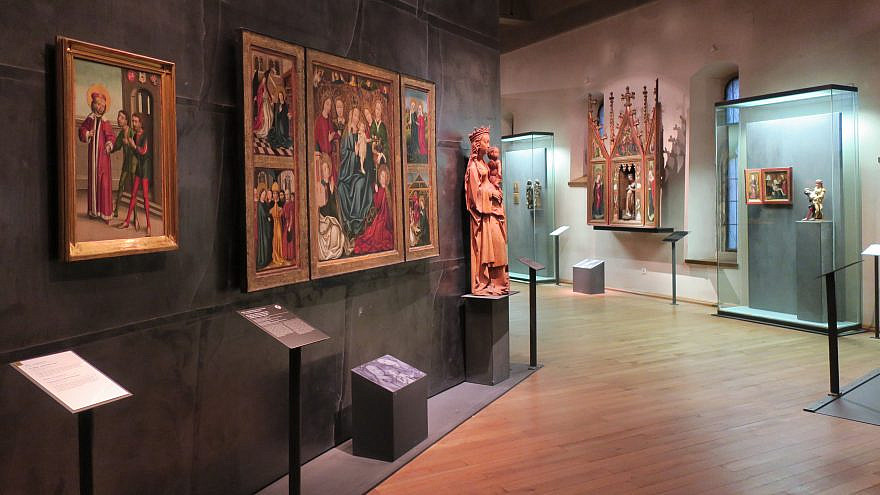Two Czech art institutions have returned 14 artworks to heirs of a Jewish collector, from whom they were improperly taken during and after World War II, the New York State financial services department announced.
The National Gallery Prague returned four paintings (three landscapes and a portrait) to descendants of Johann Bloch, who was required to give the artworks to the museum as a precondition of taking the rest of his collection out of the country.
The Holocaust claims processing office of New York’s financial services department and the Documentation Centre for Property Transfers of the Cultural Assets of WWII.
Victims in Prague confirmed the works were part of the Prague museum collections. Following negotiations, the two institutions agreed to return the items to the Bloch family.
“As we continue to make every effort to seek justice for those who were victimized due to Nazi persecution, New York State will continue to use all the tools at our disposal to help Holocaust survivors and their heirs recover what is rightfully theirs.”
Bloch’s heirs stated in the release that they are “deeply grateful.”
“Not only has this cooperation resulted in the restitution of pieces from our family’s stolen art collection, but it has brought members of the Bloch family together while bringing our shared history into focus,” they stated.
Born in 1869, Bloch was co-owner of his family’s leather factory in Brno, then a Czech city. He was also a shareholder in a rubber goods company. After the Nazis invaded, the Bloch factory was seized, and a government-appointed custodian gained control of its Brno home.
The National Gallery Prague recommended that Bloch’s request to send his art collection to England for safekeeping in 1939 be approved only if he donated the four paintings to the museum.
Bloch died in 1940, and his wife had to sell the family houses. She was deported to Terezin in 1942 and later transferred to Riga, Latvia, where she died. Bloch gifted the chasubles to his daughter, Hermine Getrud Fleischner, in 1930. Before she fled the country in 1939 to avoid the war, she turned them over to the decorative arts museum for safekeeping.


























